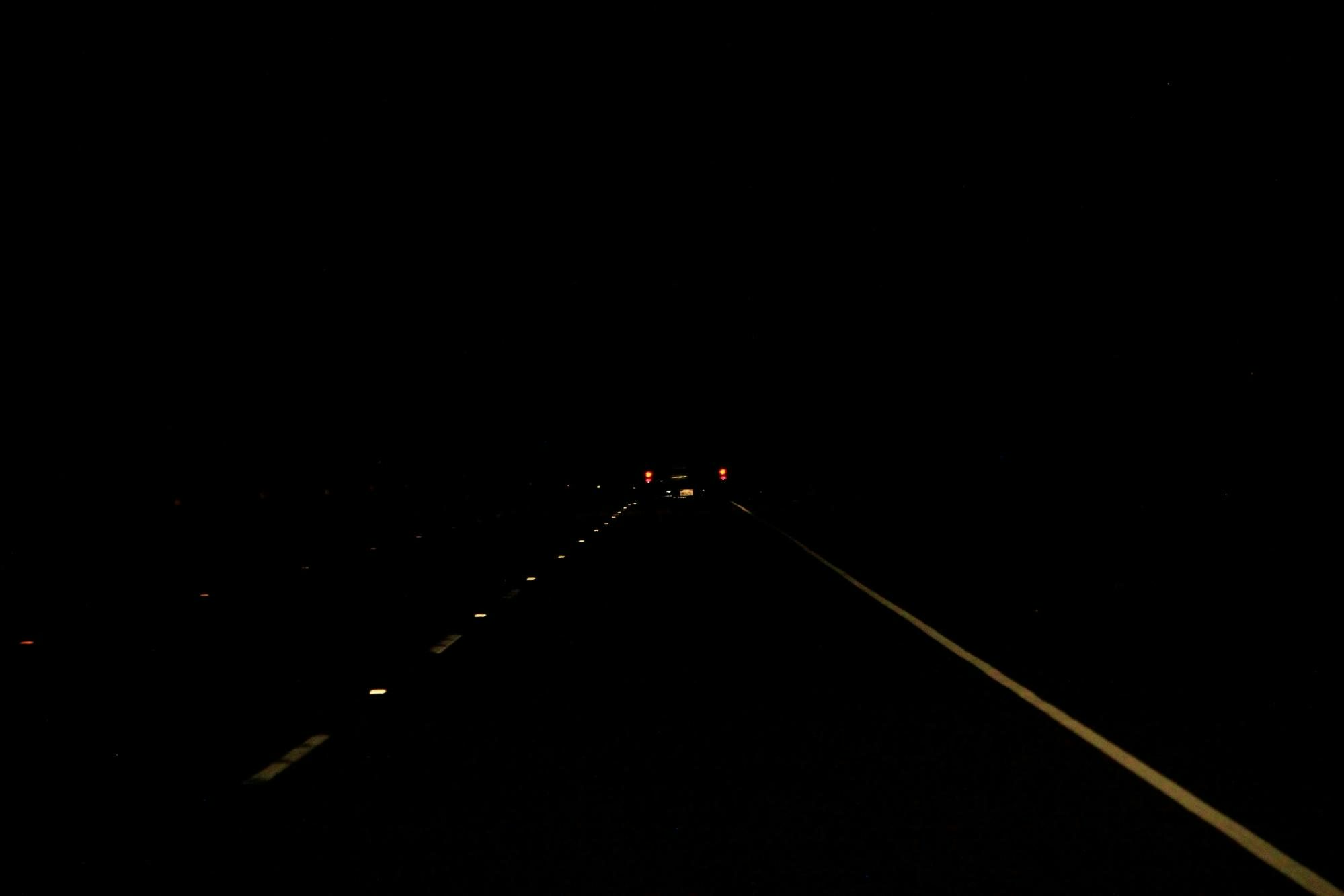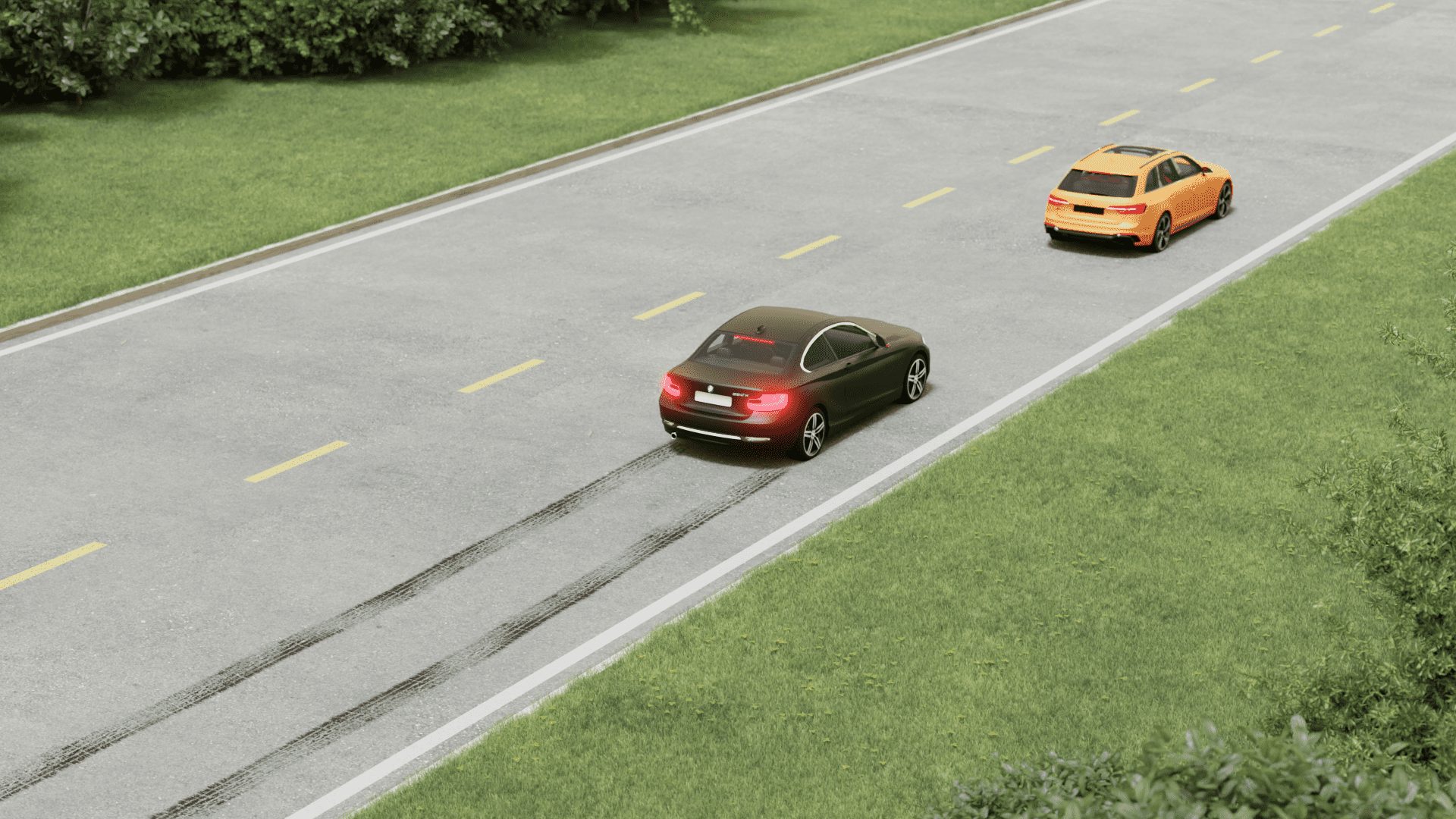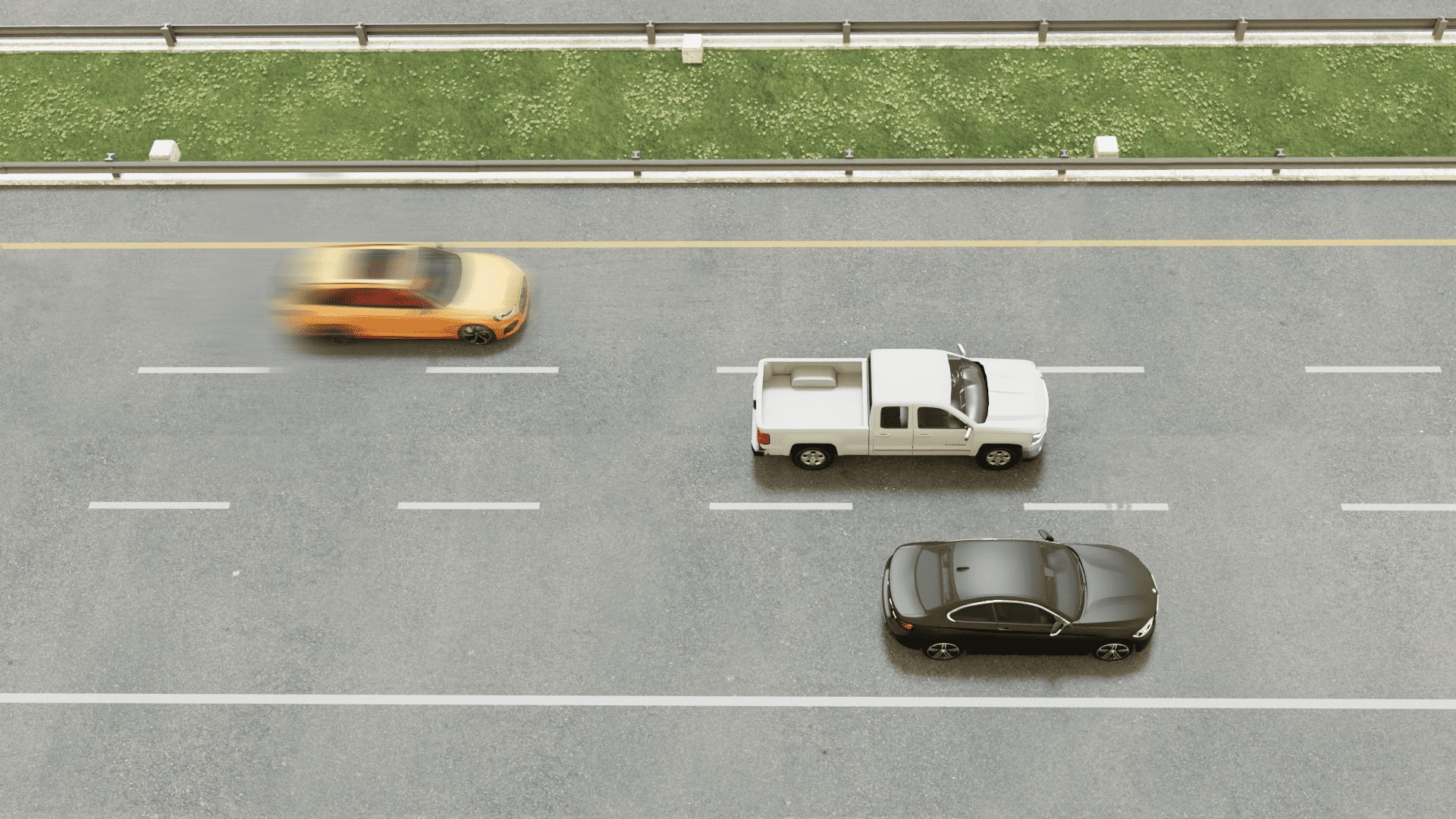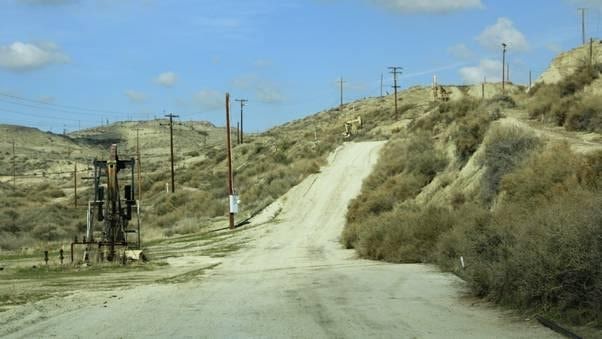
Stopping Distance, Braking Distance & Reaction Distance Explained
An important part of preventing a rear-end collision is knowing your stopping distance and how quickly your vehicle can come to a complete stop. Create a safety margin that gives sufficient distance between the vehicle in front so there is time to react and safely stop. In order to make a complete stop before a collision occurs, you must mentally calculate the stopping distance.
Knowing how speed affects the stopping distance is vital to being a safe driver. But first, let’s go through some important information.
What is Reaction Distance?
Reaction distance is the distance your vehicle travels while you react. So the time it takes from the moment you see a hazard until you actually start braking. Reaction times vary from driver to driver.

What is Braking Distance?
Braking distance is the distance that it takes your vehicle to come to a full stop starting from the moment when you start applying the brake.

What is Stopping Distance?
The stopping distance = reaction distance + braking distance. So the distance it takes for your vehicle to come to a complete stop from the moment you spot a hazard.
The Stopping Distance Formula
Speed makes a very big difference to your ability to stop in time and a significant difference to your chance of being involved in a crash:
- At 30 mph you need roughly 120 feet to come to a complete stop (65 feet to react and 55 feet to brake) in good conditions.
- At 60 mph you need roughly 360 feet to come to a complete stop (130 feet to react and 190 feet to brake) in good conditions.
Small increases in speed also affect stopping distance. Increasing your speed by just 10 mph from 50 mph to 60 mph increases the total stopping distance by up to 40%.

In general, double the speed increases the braking distance four times, and triple the speed increases the braking distance by nine times.
Other Factors That Affects the Stopping Distance
Wet and other slippery conditions along with dry, dirt roads also add a significant stopping distance to a full break. Stopping distance is affected by:
- reaction time
- tire condition including tread depth and air pressure
- road conditions
- weather conditions
- vehicle’s condition and braking capacity


550+ exam-like questions
All you need to ace your test
Perfect for first-timers, renewals and senior citizens
Recommended articles
Ace your DMV test, guaranteed
Want to Be the Top School in Your Area?
- Simple & automated admin
- More time for teaching
- #1 learning materials for students


